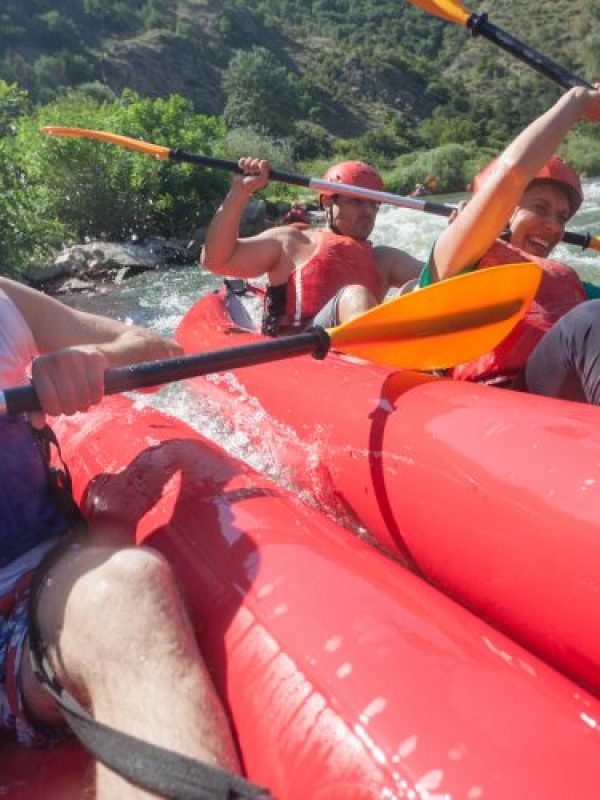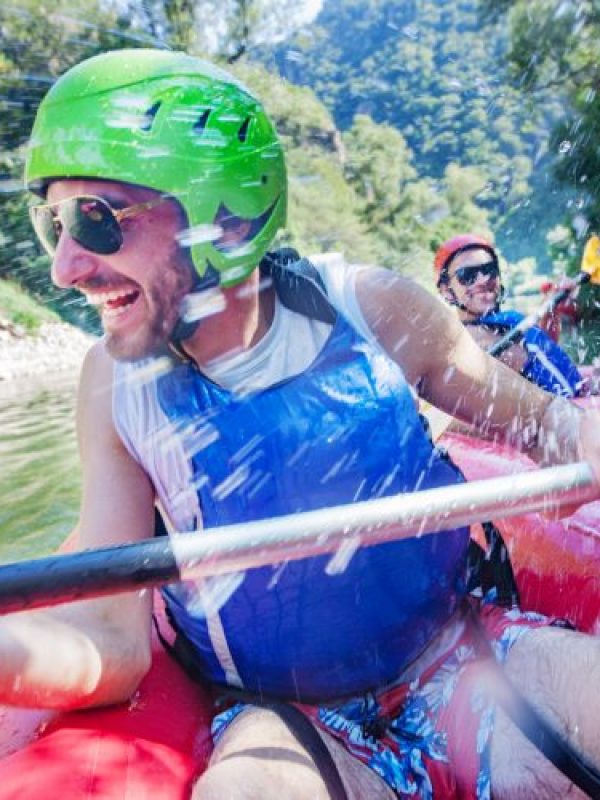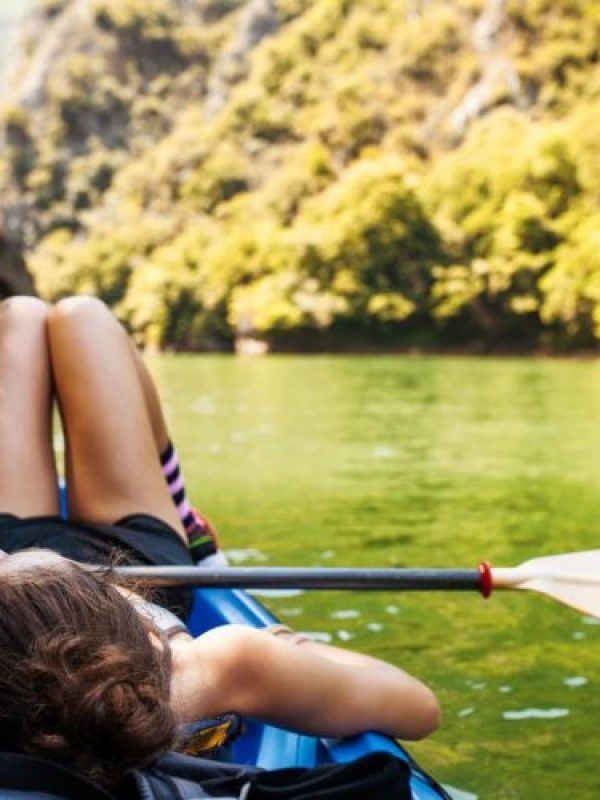When purchasing a canoe or a kayak, it is essential to consider several factors that will guide you on the type of vessel to get. There is a great variety of elements, some subtle and others specific, but these are the basics.
A general rule is that longer canoes achieve higher speeds through the water. Longer hulls also help to obtain a better track, holding a straight-line course and a bigger carrying capacity. On the other hand, shorter hulls are lighter in weight and more maneuverable. Find more about sup brett here.
Bow-shaped, blunt and fuller shapes provide more buoyancy and shed splashes when on choppy waters and have more room for lightweight items. Thinner, finer bow shapes cut more easily through the water. Find more about kajakk here.
This is the fore and aft upward curve of the canoe keel line. Little rocker boats track better because more of the hull is down in the water, while more rocker allows the canoe to turn more easily.
External keels help the canoe achieve better track but catch on to obstacles. A good design of the hull offsets the need for an outer keel.
The beam refers to how wide the boat is at its widest point. Wider canoes provide more room for cargo and stability. However, an increase in the beam causes the boat to move slower through the water. On the other hand, narrow beams are faster but have lower stability. Find more about Canoe here.
This has a lot to contribute to stability. The design can be flat; good for calm waters and beginners, round; easier to propel and high final stability, or vee. A compromise between round and flat with better all-around performance upon practice.
With all the other factors being constant, an increase in the depth of the canoe causes it to run drier in rough water. Greater depths also increase cargo space, but deeper canoes tend to be heavier and are easily pushed around by the wind.
They can be flared; drier and more stable and harder to puddle, straight; compromise between tumblehome and flared with better dryness, stability, and ease of puddling, or tumblehome; not as dry or stable, thus requiring more skill.
When it comes to enjoying your time off, you may find that water sports could be fitting. Many people find that a good canoe or kayak could be fitting in regard to enjoying the water. Whether it’s a lake, river, or large stream, you’re going to find that these two options are great overall investments. Before you go forward with purchasing any solution, however, take into consideration a few tips to help you pick the right canoe or kayak for your needs. Know more about stand up paddle here.



The first thing that you need to take into consideration is your own experience level. If you have been on the water with one of these solutions before, then of course you’ll want to invest in a starter solution. There are many entry level options that will fit your needs, and they are not going to break the bank. Just make sure that you take into consideration the skill level that you have, before you purchase anything, as experience level matters.
